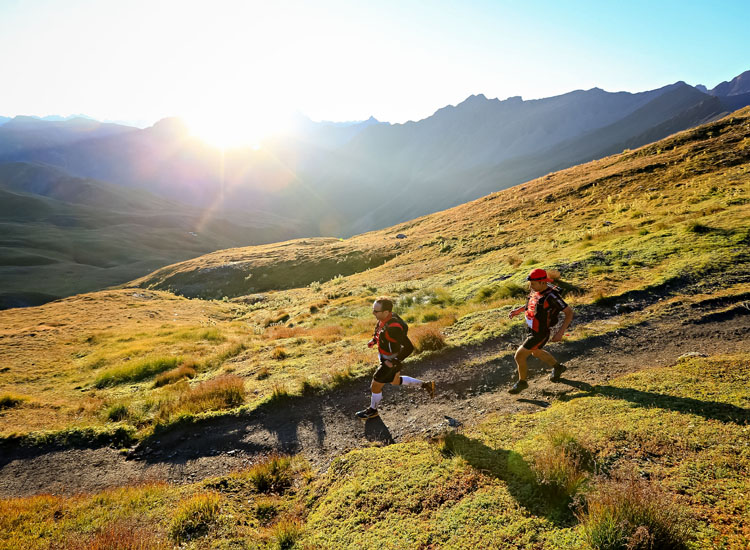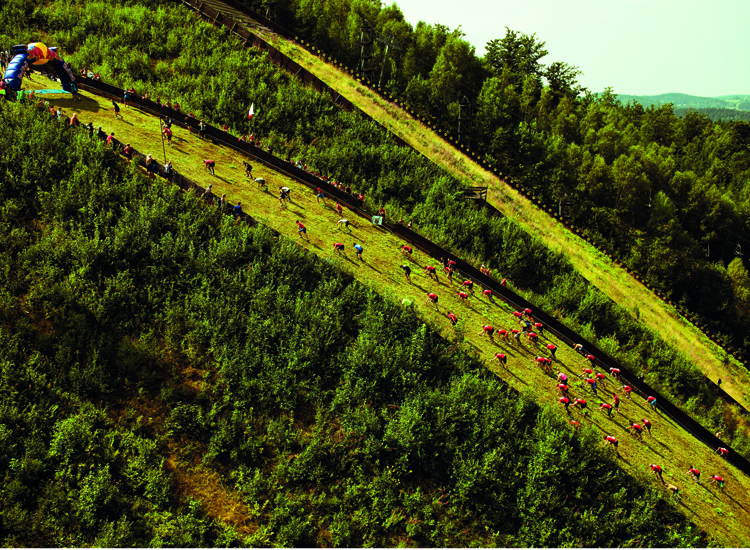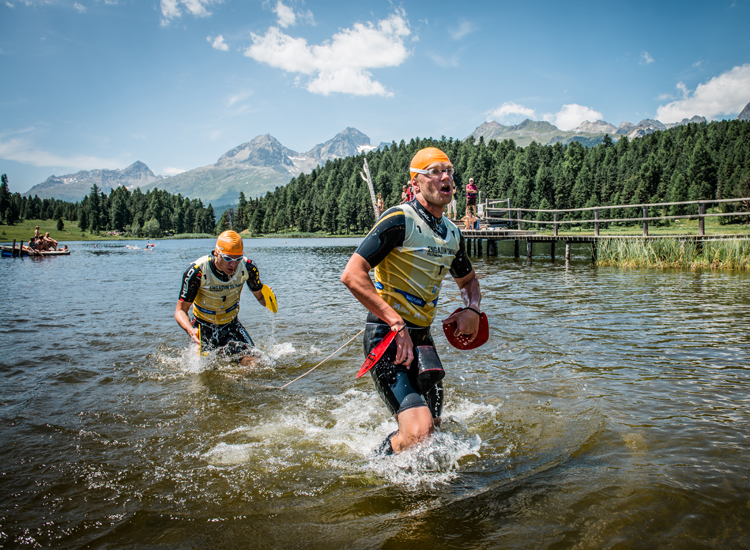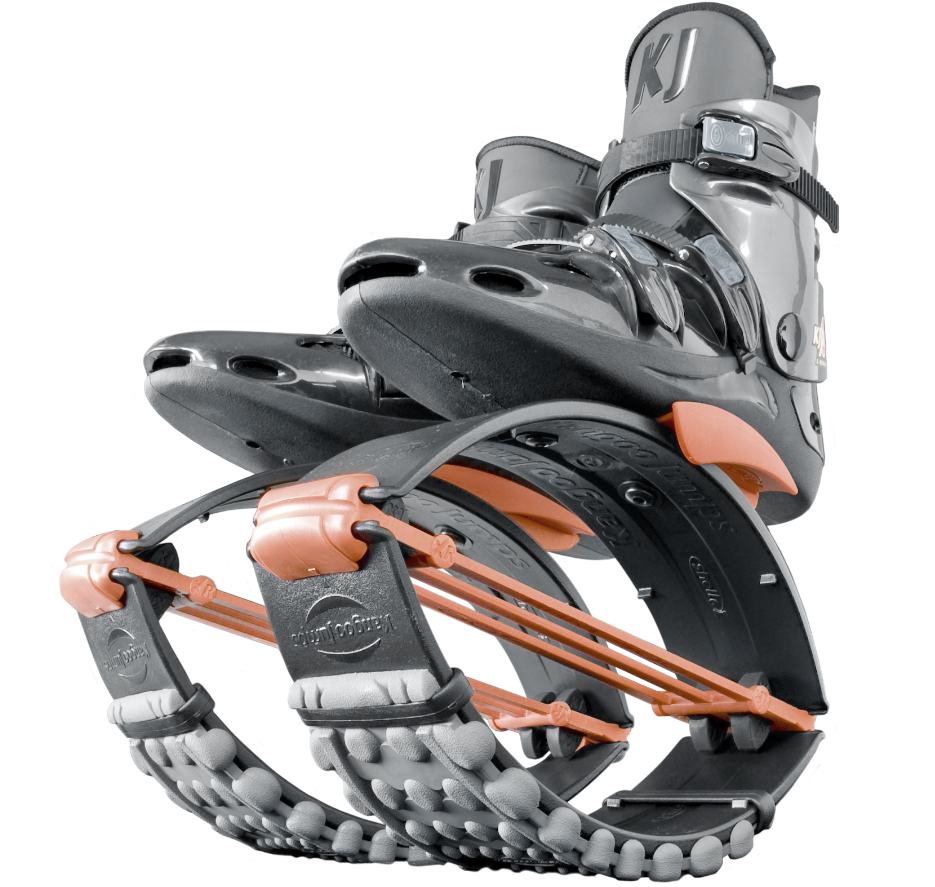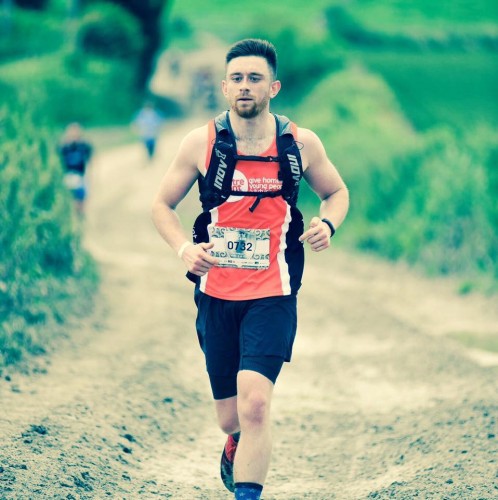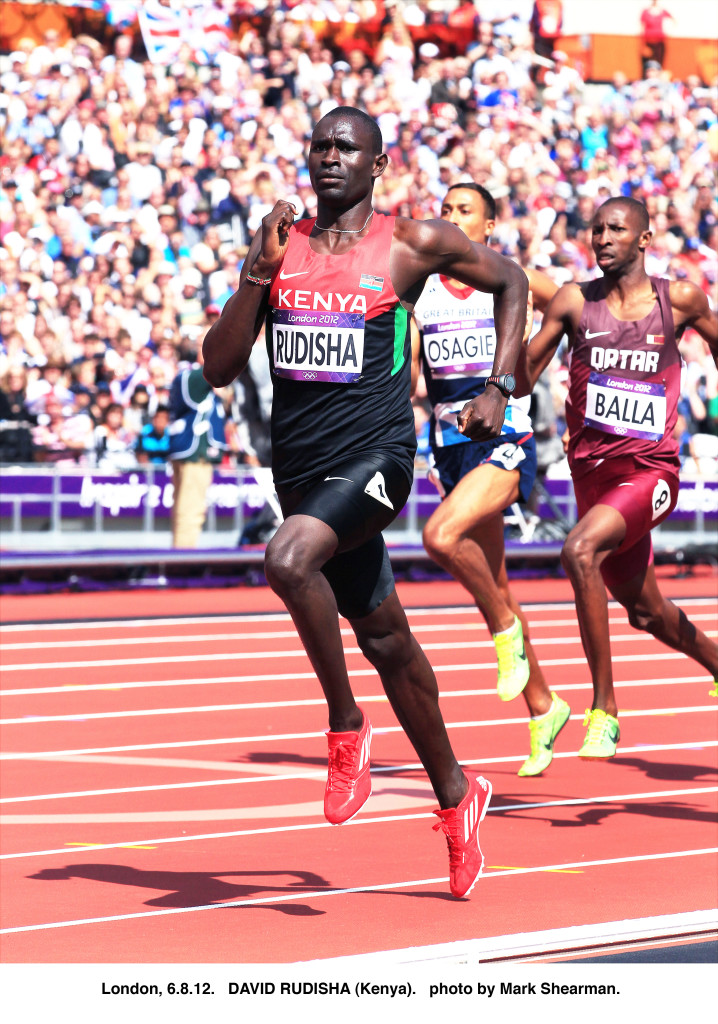 1. Rio Olympics
1. Rio Olympics
After the dizzying success of London 2012 – ‘Super Saturday’, Bolt’s successive golds, Rudisha’s breathtaking 800m – Olympic organisers could be forgiven for wanting a slightly smoother build-up to the first summer Games on American soil for 20 years. As it is, the athletics world has been rocked in recent years by high-profile allegations of doping, first aimed at individuals, then at an entire nation, and the escalated global terror threat has created a security headache beyond comprehension. That’s not to mention the fact that Rio’s infrastructure is nowhere near ready, Brazilians are taking to the streets in protest against rising levels of poverty and unemployment, and severe water pollution has yet to be addressed.
Fortunately, it’s not all doom and gloom. Because while organisational issues abound, there’s also every reason to expect an epic running spectacle. The marathon, in particular, looks set to be one of the races of recent years as defending champion Stephen Kiprotich, will battle it out against London Marathon winner Eliud Kipchoge and world-record holder Dennis Kimetto. Elsewhere, will Mo Farah cement his greatness by becoming the first runner since Lasse Viren, in 1972 and 1976, to retain both the 5,000m and 10,000m titles? Can David Rudisha replicate his magical performance of three years ago or will Nijel Amos, the Botswanan who’s beaten Rudisha in six of eight races since 2012, rise to the occasion? Can the GB men’s 400m relay team build on their unexpected bronze medal at the World Championships last August, and will Usain Bolt hold off the considerable challenge of Justin Gatlin and Yohan Blake to become one of the greatest Olympians of all time by winning 100m and 200m gold for the third time in as many Games?
The athletes are sure to deliver; can Rio follow suit?
2. Continued rise of the ultra
For some reason, at some point over the last few years, runners everywhere decided to slow down, stuff their faces with food, and keep on running…and running…and running. Ultramarathons are nothing particularly new – the 100K World Championships have been going since 1987 and dispersed populations such as the Tarahumara Indians (the subject of Christopher McDougall’s best-selling book Born to Run) regularly run hundreds of miles simply to get around – but there has been nothing short of a boom in popularity in recent years. The marathon, once so revered, is arguably losing some of its magic; everybody knows someone who’s run one. The ultra, by contrast, is becoming what the marathon once was: inconceivable until attempted, mysterious and, if completed, a monumental achievement. In need of a New Year’s resolution that’s not booze or diet related? Sign up to an ultra – and eat whatever you like.
3. Short and sharp
Equally, however, the need for leg-numbing speed has never been greater. While many runners are slowing down and going further, just as many have become rather taken with the idea of putting themselves through fleeting moments of hell. Red Bull’s unique take on the 400m sees competitors attempt to run up ski jumps across Europe and North America. Average finish time is less than 10 minutes, but all are reduced to trembling wrecks at the lofty finish line. Nonetheless, such races are a pop to the shop when compared to the vertical kilometre, the most famous of which is held in the French valley of Chamonix. Proof of the immensely difficult nature of the event is the fact that the course record is 34mins 34secs – the world record for a flat kilometre is 2mins 11secs.
If you’d prefer to stay a little closer to home, tower running events are cropping up all over the UK. Some of the tortuously high host buildings include London’s Gherkin (1,037 steps) and Tower 42 (920 steps). If you’re feeling particularly brave, Stand Up To Cancer’s London 3 Peaks event is a race up three of the capital’s tallest buildings – all in the name of charity, and pain.
standuptocancer.org.uk/london3peaks
4. Swimrun
The Scandinavian sport of swimrun is fast becoming a phenomenon. As co-founder Mats Stock told MR: “After very humble beginnings (just 10 teams competed in the first event, 10 years ago), it has grown into a real sport. It’s simple: all you need are running shoes and a wetsuit.” The format is simple, too: races consist of multiple running and swimming stages. The pinnacle event in the swimrun calendar, Ö till Ö (literally translated as Island to Island), for example, sees competitors swim between 26 islands in the Swedish Archipelago – and run over them. Events are now cropping up all over the UK, with three 2016 races confirmed in Scotland, three in England and two in Wales. Seen as the scaled-back alternative to the triathlon, runners and swimmers alike are flocking to the sport that offers a similarly unique challenge, in beautiful surroundings, at a fraction of the cost.
5. Weird and wonderful shoes
In 1976, the Brooks Vantage was released. With its patented Varus Wedge to control pronation and an EVA midsole to cushion the foot like never before, the Vantage became the first mass-market running shoe and catalysed a 30-year era of the neutral trainer. Twenty-nine years down the line, Vibram released its iconic Fivefingers footwear, with its barefoot design originally designed for rock climbing. In 2009, however, the shoe helped to spark a mini-revolution in minimalist running – the ‘barefoot running boom’ – following the release of the aforementioned Born to Run. Now, it seems, we’re in the midst of something of a maximalist reaction, with Hoka One One’s heavily cushioned shoes growing hugely popular among marathon and ultra runners. The question is, what next?
It seems the road that running brands seem increasingly keen to take is the one less travelled. Not content with conventional cushioning, adidas have launched the Springblade, for ‘explosive energy with every stride’. Brands such as Xero and Luna Sandals, meanwhile, have sought to replicate Vibram’s success with their respective Tarahumara-inspired range of barely-there running sandals. Then there’s the completely different, such as Kangoo Jumps’ attempt to put a literal spring in your step.
Made-to-measure 3D trainers are reported to be on the horizon and sci-fi-esque synthetic, self-repairing materials are thought to be the future of trainer construction. For now, though, it’s best to take any ‘groundbreaking’ technologies with a hearty pinch of salt.
Pick up the January issue of MR (on sale 26 November) for a round-up of the most unusual trainers

